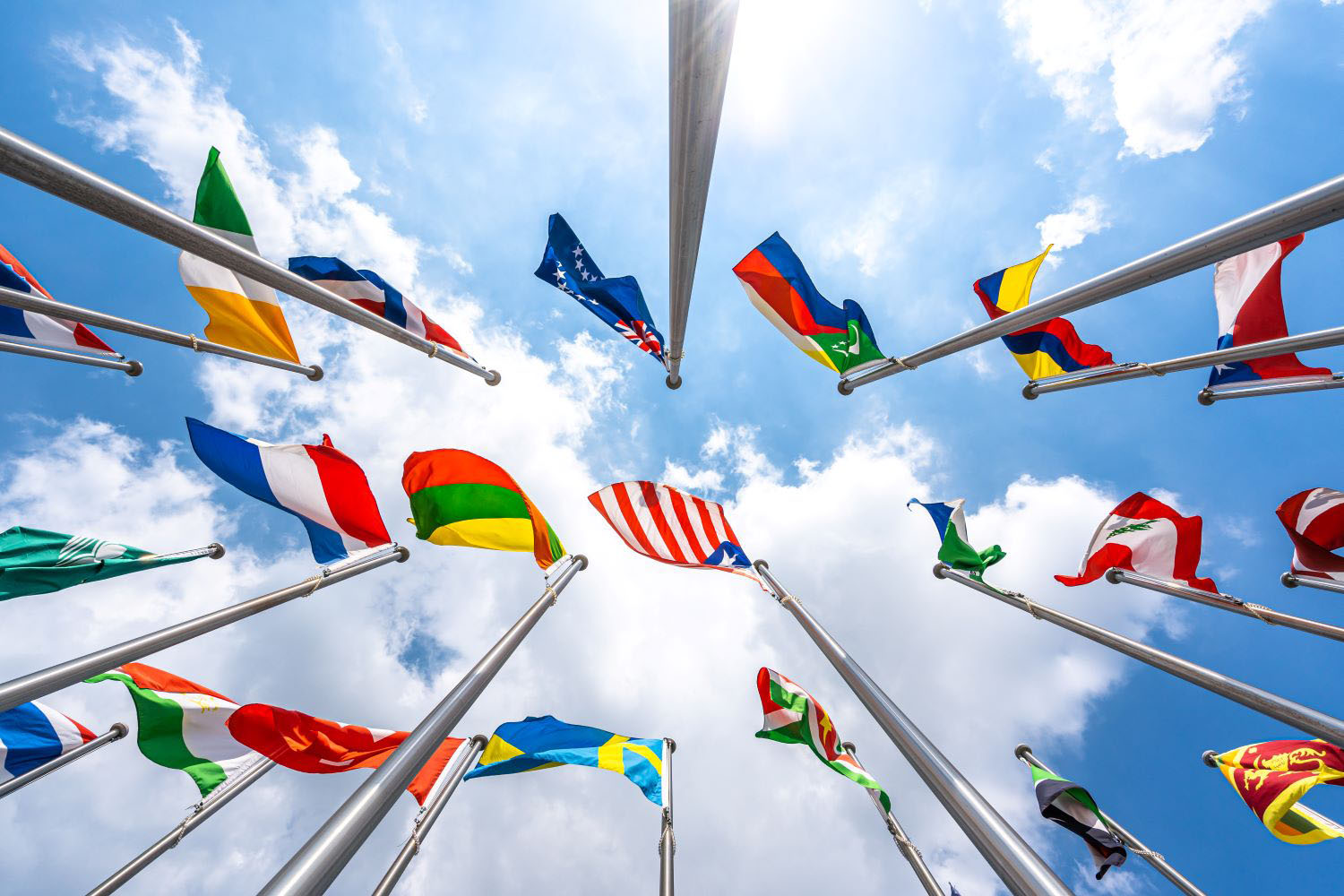This is a joint post with Caroline DeckerLast week CGD published
our working paper on the use of fingerprint and iris scans for cash transfers. As we continue to look into this
topic, we are even more convinced of the potential this technology has for transfer systems, particularly those in resource-rich countries.Cash transfers are increasingly being used by developing countries and development agencies to address a range of economic and social problems, including human investment and greater equality. But the option to directly distribute natural rent to citizens of resource-rich developing countries may also be especially relevant. Such an approach could encourage better resource management and head off the governance problems associated with the concentration of large rents in the hands of the state. Unfortunately, it is often difficult to establish efficient transfer programs in developing countries, many with a record of corruption and leakage. Evidence suggests that even well designed transfer programs experience 10-20 percent leakage, if not higher.Any cash transfer program includes two basic elements—a recipient roll, indicating who is eligible, and a system for making payments. Including biometrics in these features can reduce costs and leakage, as well as improve transparency and convenience for both staff and participants. We estimate that in a typical cash transfer program, savings from biometrics can cover initial costs in only 15 months and save an additional $60 million after five years. This is in addition to providing an auditable trail of the entire program and facilitating more efficient payment mechanisms.In our paper we consider some diverse examples of cash-transfer programs using biometrics. The programs in the DRC and Afghanistan/Pakistan show the possibility of implementation in an extremely challenging environment. The small emergency cash distribution program highlights the need to achieve economies of scale in order to be cost-effective. Following the use of biometrics in statewide programs, India is now launching the largest biometric registration project ever undertaken. After severe flooding in 2010, the established biometric national ID system of Pakistan is helping to distribute reconstruction aid. And finally, South Africa offers the example of the oldest biometric-based transfer program in the developing world. Each case is distinct, but they all illustrate the potential of biometrics for cash-transfer programs.As we further explore the use of biometrics for development programs, we have realized these benefits are not unique to cash-transfer programs. Banking,
voter registration, basic identification system and
others can benefit from this technology. As more programs use biometrics, governments, aid agencies and private organizations need to work together to implement this technology efficiently and without overlap. We believe biometric systems are a cost-effective way to offer citizens access to a range of services.
CGD blog posts reflect the views of the authors, drawing on prior research and experience in their areas of expertise.
CGD is a nonpartisan, independent organization and does not take institutional positions.





